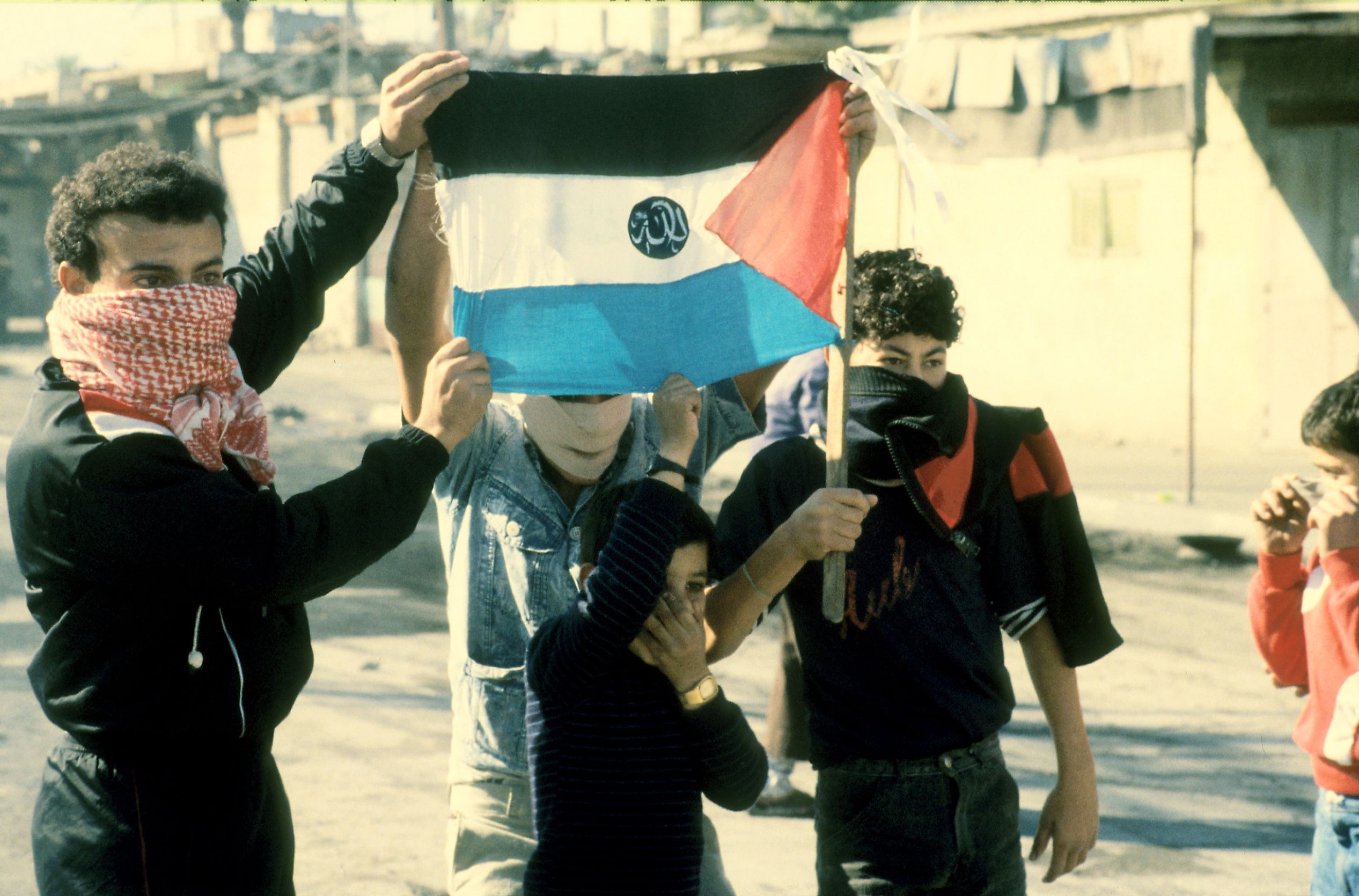
How Did The First Palestinian Intifada Begin?
The First Intifada (the Arabic word for uprising or rebellion) began in December 1987 and continued into the early 1990s. The culmination of years of discontent stemming from the Israeli occupation of Gaza and the West Bank marked a turning point in Israeli-Palestinian relations. Indeed, the newfound leverage that the Palestinian Liberation Organisation (PLO), the most important Palestinian nationalist party, had due to Intifada led to more constructive diplomatic relations between Israel and Palestine. Nonetheless, these developments were accompanied by tensions.
Background
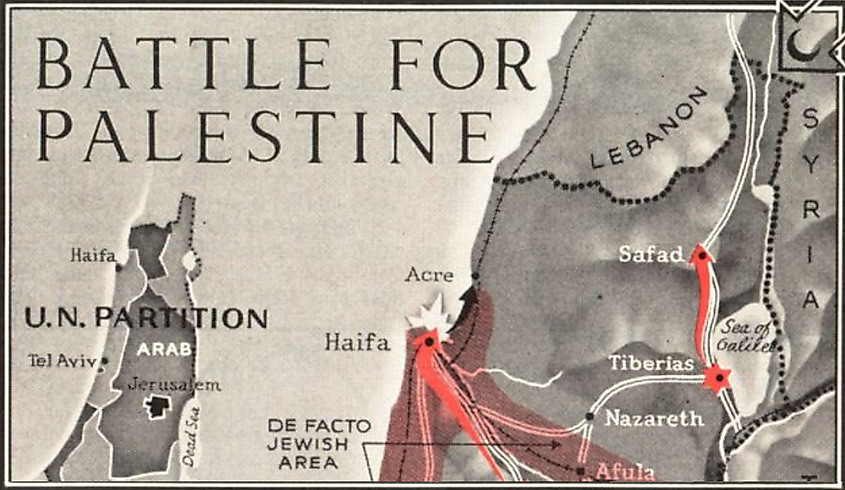
The forty years before the First Intifada need to be understood in order to contextualize it properly. The wars of 1947 to 1949, which saw Israel emerge as an independent country, also resulted in the expulsion of between 650,000 and 750,000 Palestinian Arabs. While there were plans to create a Palestinian state on about 42 percent of the territory of the former mandate Palestine, the Israeli occupation of significant portions of this territory due to the war meant that only 22 percent remained. With Egypt, Jordan, and Syria occupying the remaining 22 percent, any sort of Palestinian political entity was utterly destroyed.
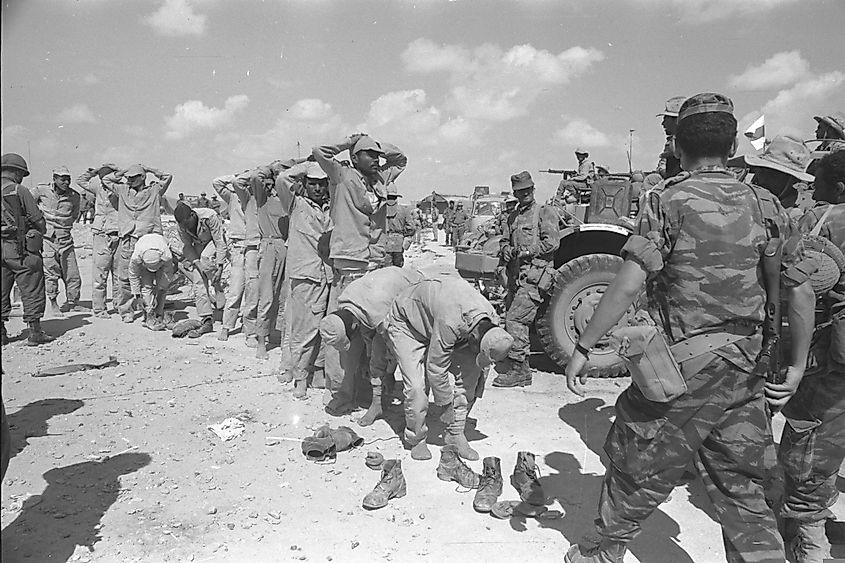
The 1967 War, also known as the Six-Day War, then saw Israel occupy Gaza, the West Bank, the Sinai Peninsula, and the Golan Heights (the regions that Egypt, Jordan, and Syria occupied twenty years earlier). This occupation contributed to the rise of Palestinian nationalism, and in particular, the PLO. It established its base of operations in the Palestinian refugee camps of Jordan. However, this threatened the Jordanian government, leading to a civil war in 1970 and the expulsion of the PLO to Southern Lebanon. After operating in this region for over a decade, the Israeli invasion of Lebanon in 1982 forced the PLO to flee to Tunisia. With the most powerful Palestinian nationalist organization thousands of kilometers away, any notion of Palestinian statehood seemed unlikely in the mid-1980s.
The Beginning and Impact of the First Intifada
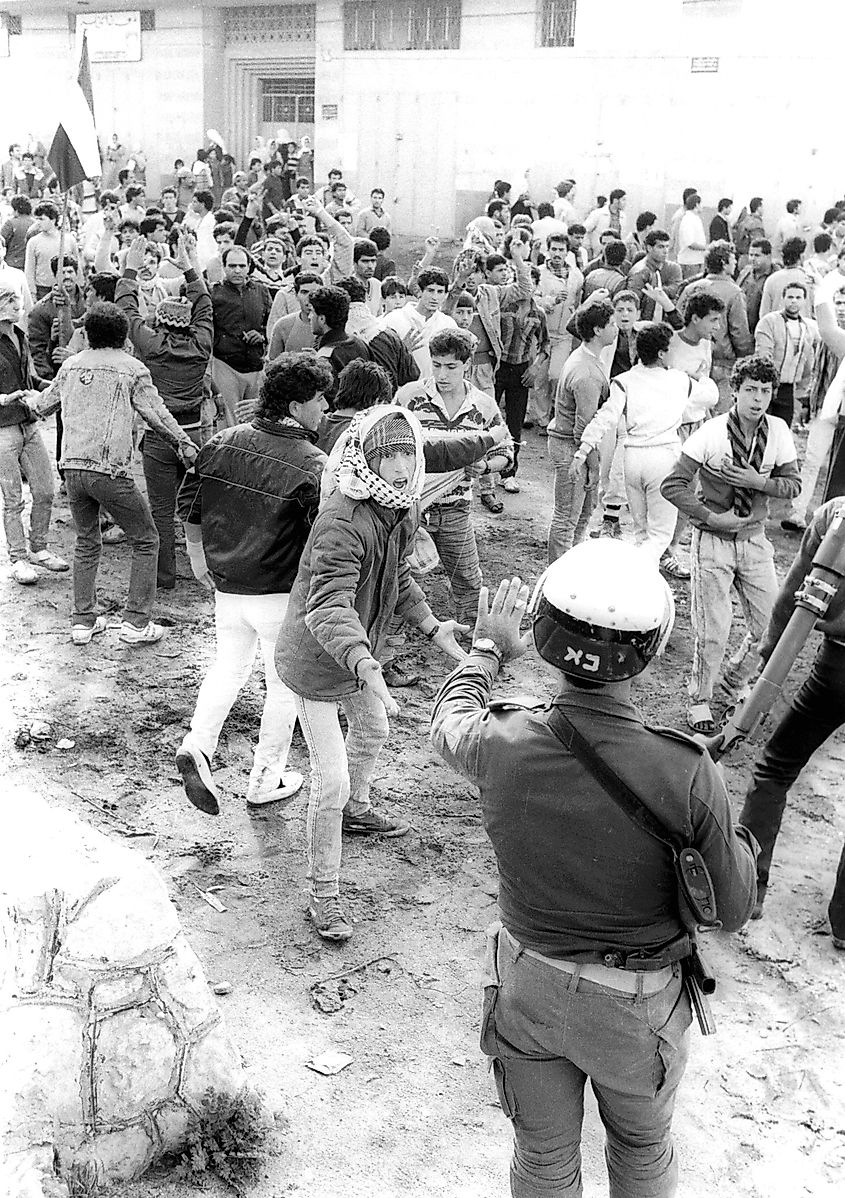
On December 9th, 1987, an Israeli truck hit a van carrying Palestinians in the Jabalia refugee camp in Gaza, killing four of them. While unintentional, many Palestinians, particularly those in their 20s who had no memory of anything other than Israeli occupation, saw this incident as an attack. What followed were widespread acts of civil disobedience in Gaza and the West Bank, including rock and Molotov cocktail throwing at Israeli forces and infrastructure, flag burnings, tire burnings, boycotts, and strikes. Due to being in Tunisia, the PLO found out about the uprising on television. Despite initially seeing it as a threat to their leadership of the Palestinian nationalist movement, the Intifada ultimately gave the PLO newfound leverage. The images of Palestinians, including children, throwing stones at Israeli tanks portrayed a sort of David versus Goliath scenario, in stark contrast to past conflicts where Israel was seen as the underdog in the face of unified Arab aggression. Thus, there was now significant international sympathy for the Palestinians.
The uprising also impacted regional actors. For instance, after losing control over the West Bank in 1967, Jordan had ever since claimed ownership of the territory. Nonetheless, the civil disobedience and violence caused King Hussein to relinquish his claim, although he maintained it over East Jerusalem. The Intifada also affected Israeli attitudes towards the occupations. Whereas before, Israeli leaders believed they could occupy the West Bank and Gaza and give the Palestinians limited freedoms, the violence, paired with the potential of American-led pressure to end the occupations, made many believe that a different approach was needed.
The Aftermath
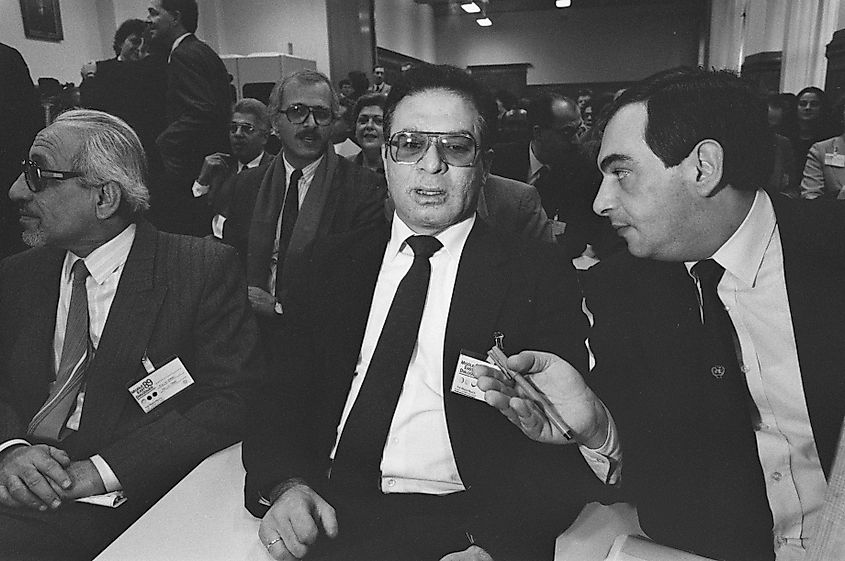
In the context of this newfound sympathy for the Palestinians, leverage for the PLO, and change in attitude on the part of the Israelis, progress began to be made towards meaningful diplomatic relations between the Palestinians and Israelis. In particular, they began to talk about United Nations Security Council Resolution 242, which stated that Israel was to withdraw from the territories occupied in 1967 in exchange for peace with its neighboring Arab countries. The PLO had initially rejected this deal due to, among other reasons, its failure to recognize Palestinians' aspirations for statehood.
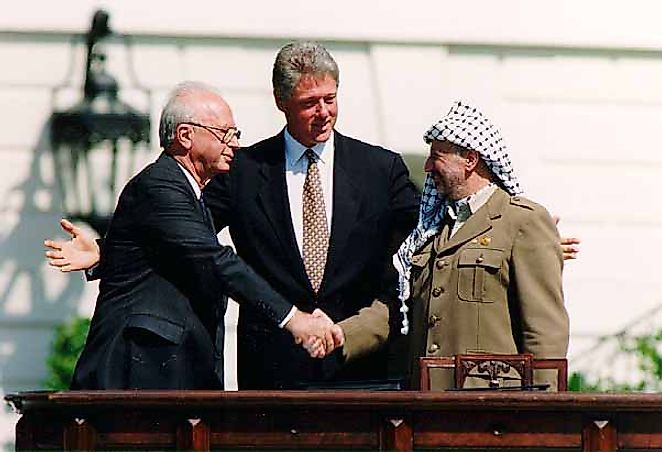
Following the declaration of Palestinian independence by the PLO's legislative body on November 15th, 1988, the Resolution was finally accepted. This set the stage for various negotiations between the Israelis and the Palestinians over the next decade, including the Madrid Conference in 1991 and the Oslo Accords in 1993. Nonetheless, there was also a counter-reaction, perhaps the most notable of which was the emergence of Hamas, an Islamist party that opposed the PLO's acceptance of Resolution 242. Thus, while positive developments emerged from the First Intifada, the seeds of future conflict were also planted.
Conclusion
The First Intifada was the result of years of Palestinian frustration. The wars of the late 1940s saw the better part of a million Palestinians become refugees and the remaining territory of a planned Palestinian state occupied by Egypt, Syria, and Jordan. The 1967 war then saw Israel occupy all this territory. A truck crash in Gaza in 1987 that killed four Palestinians provided the spark for a full-on uprising, which the PLO used as leverage in negotiations with Israel. Regardless, a counter-reaction to these negotiations began almost immediately, thereby throwing their long-term efficacy into question.











